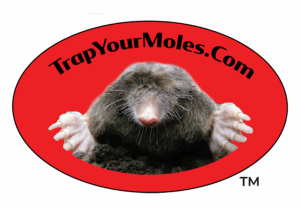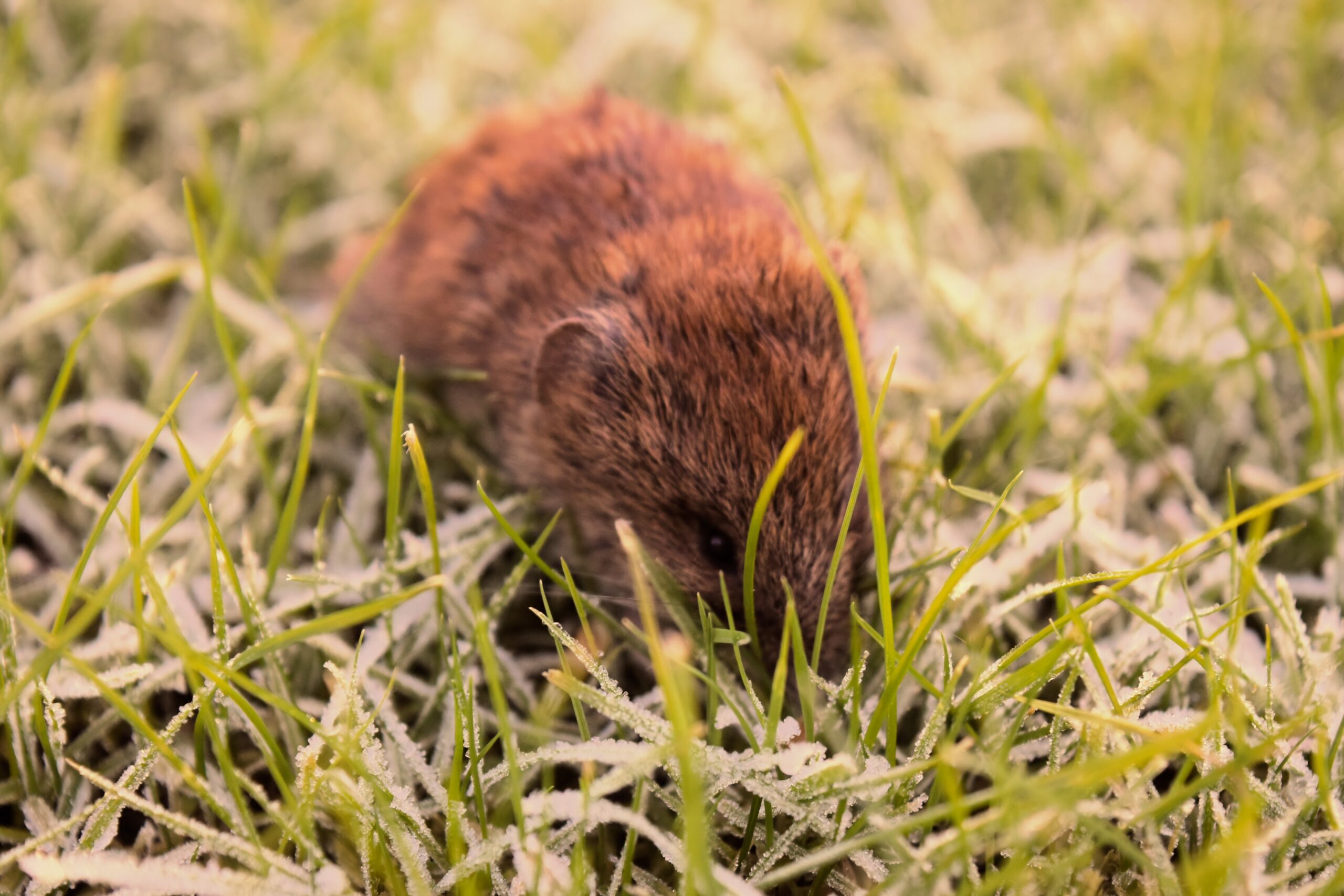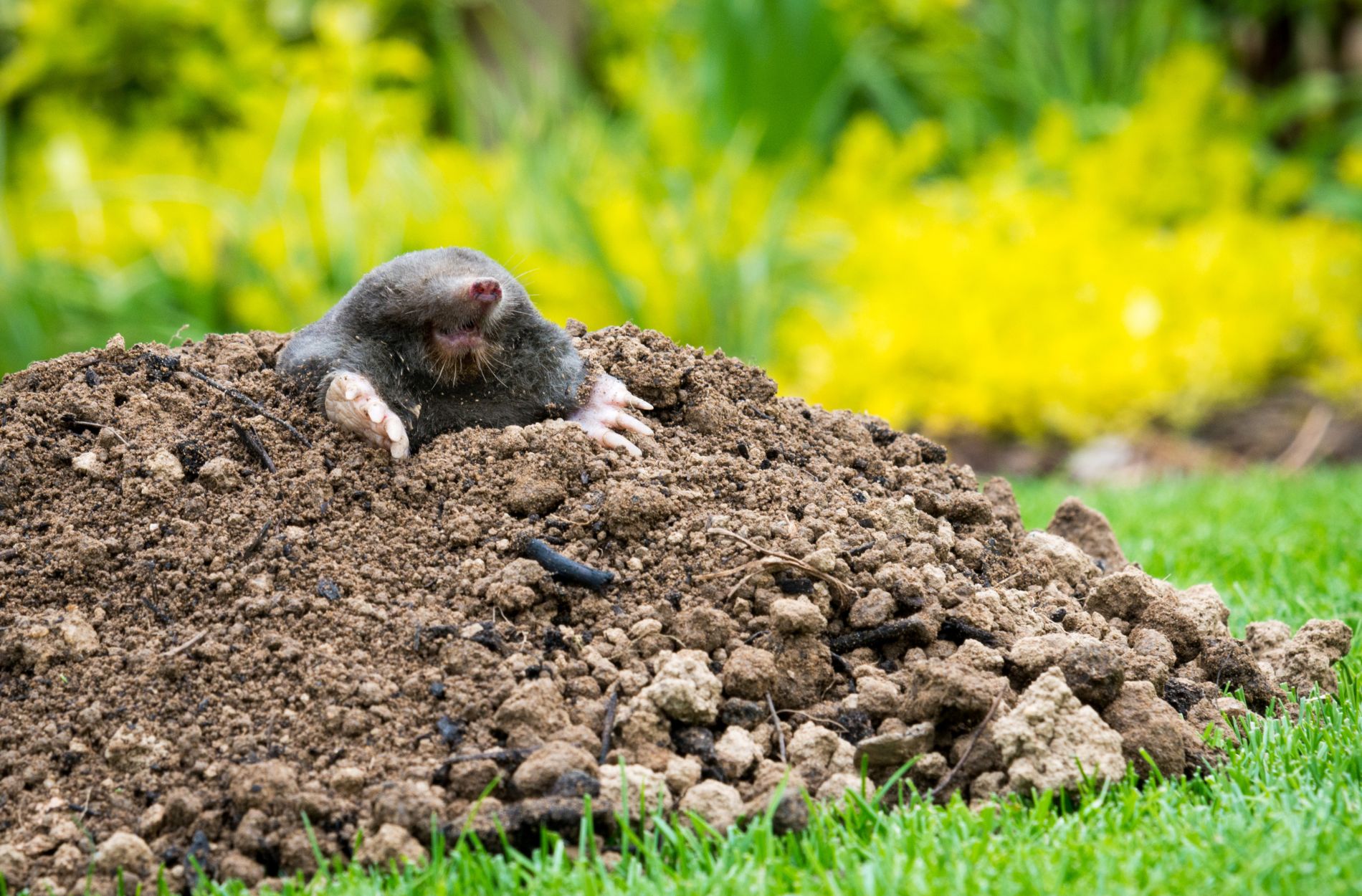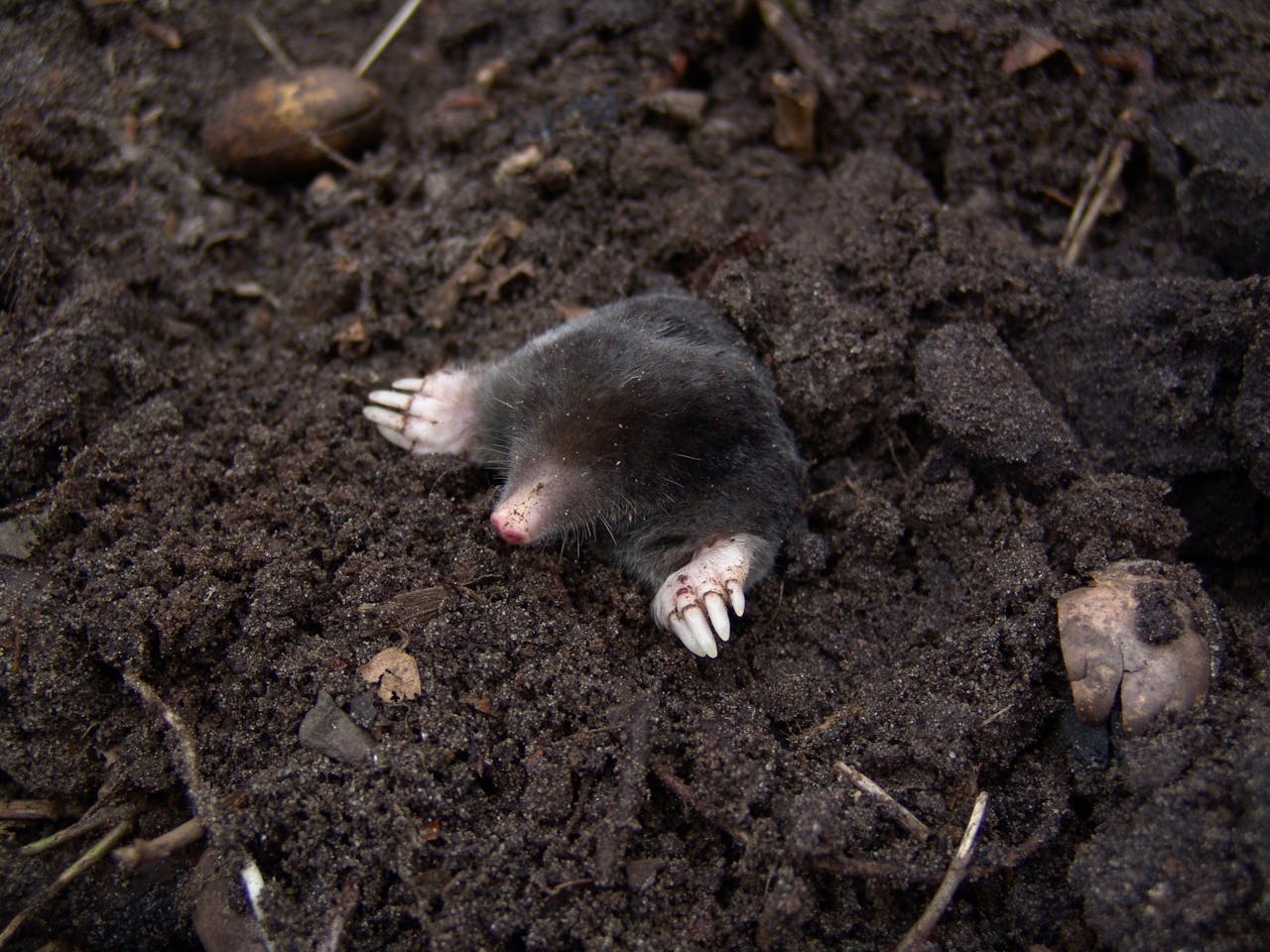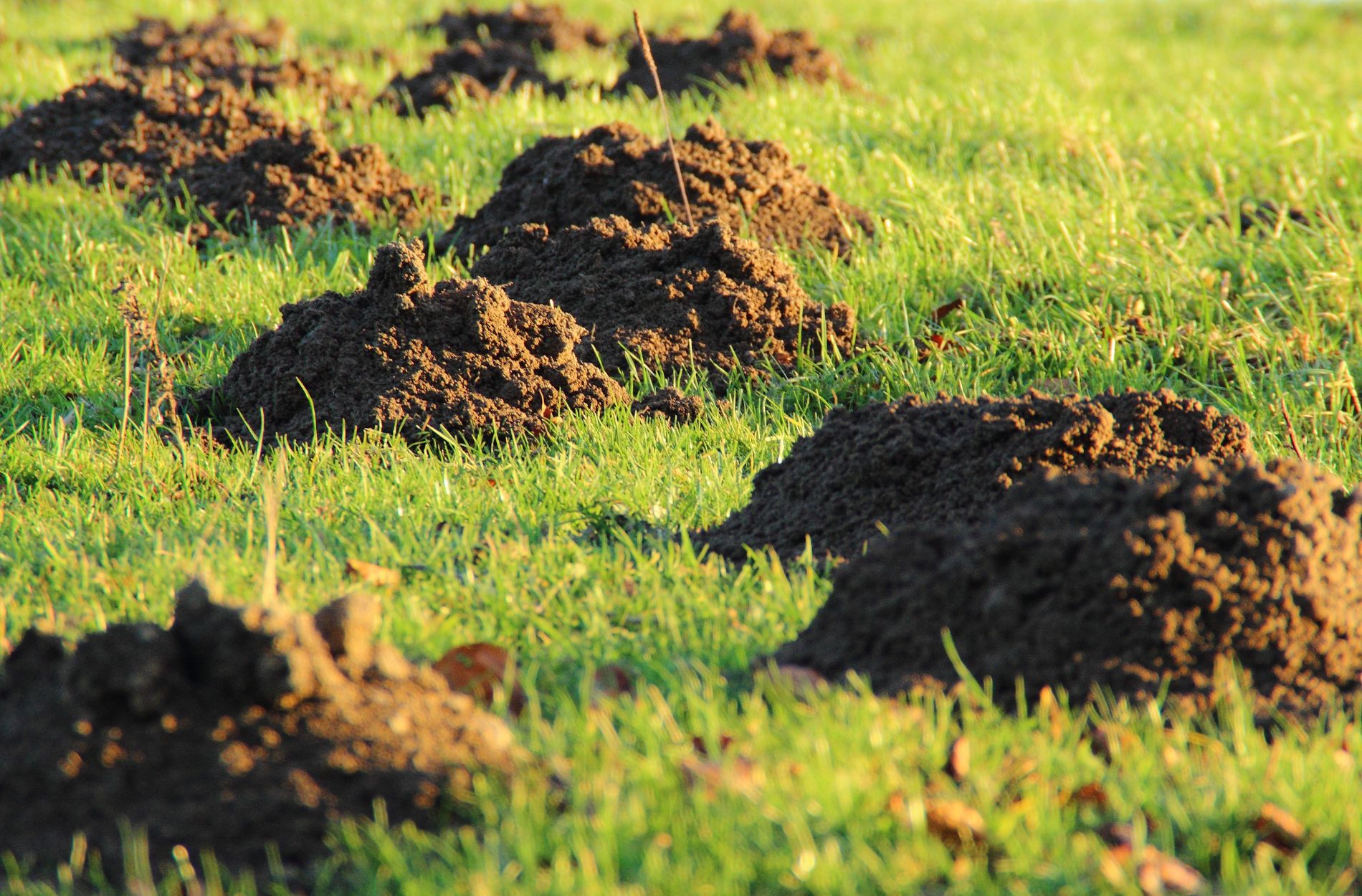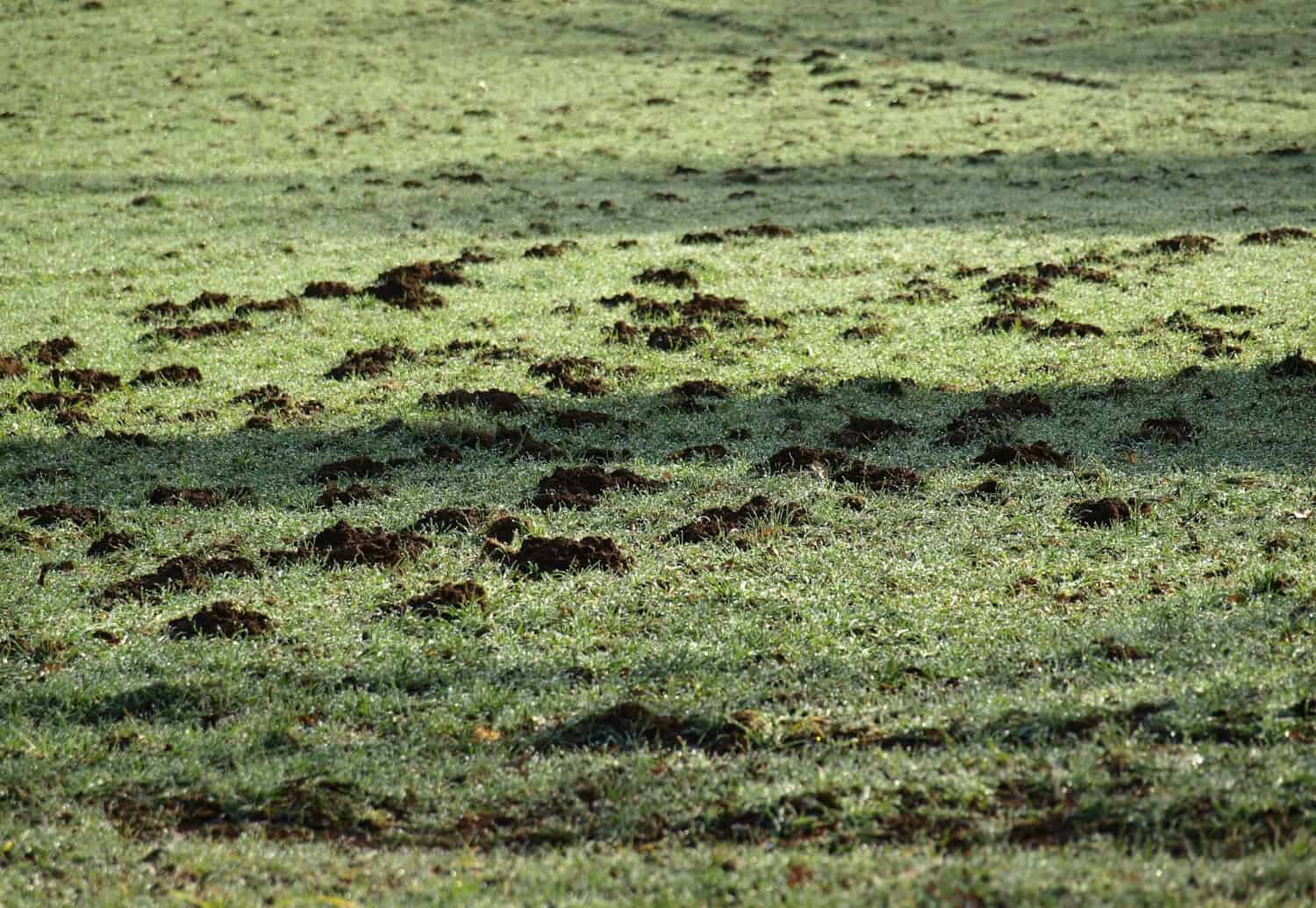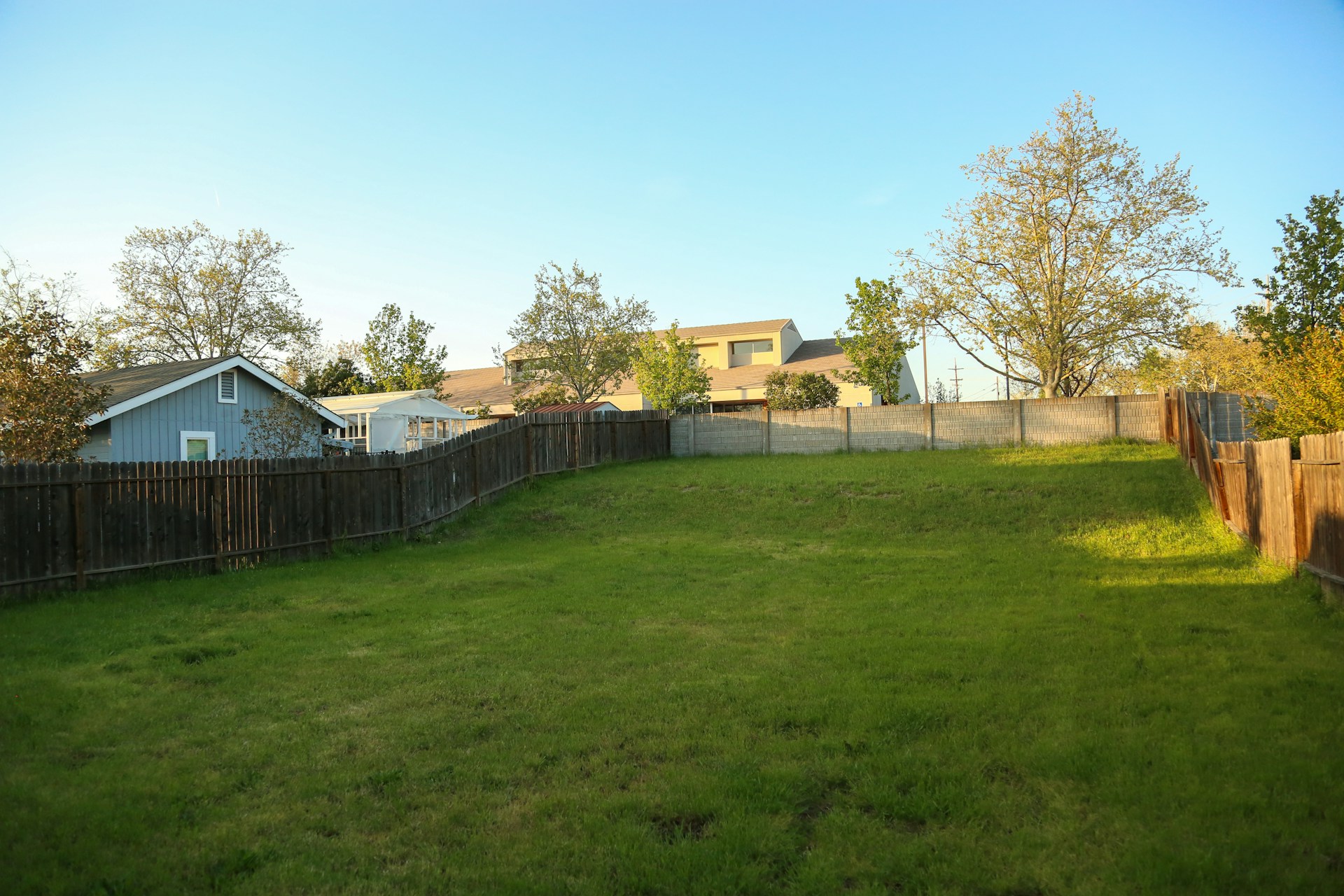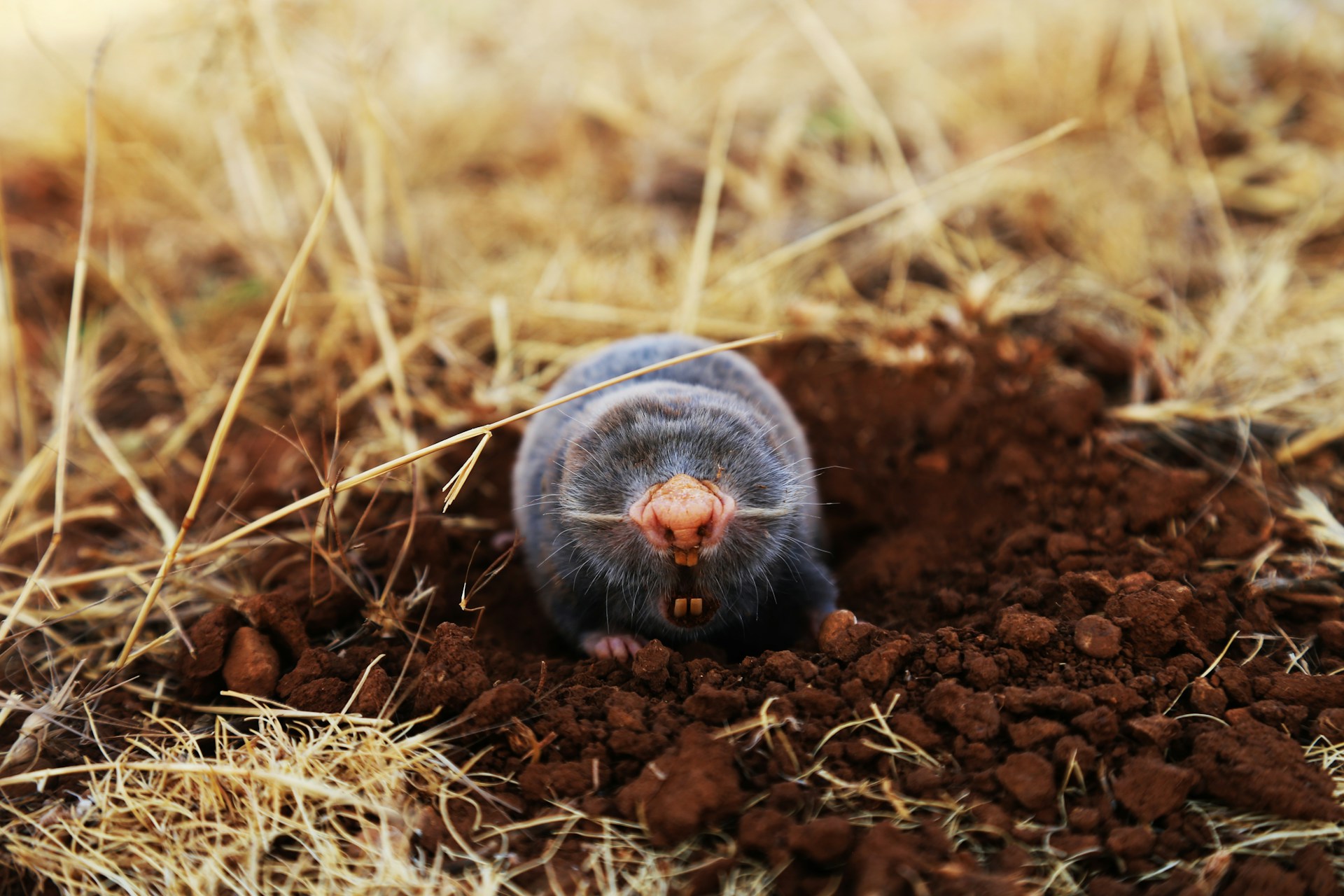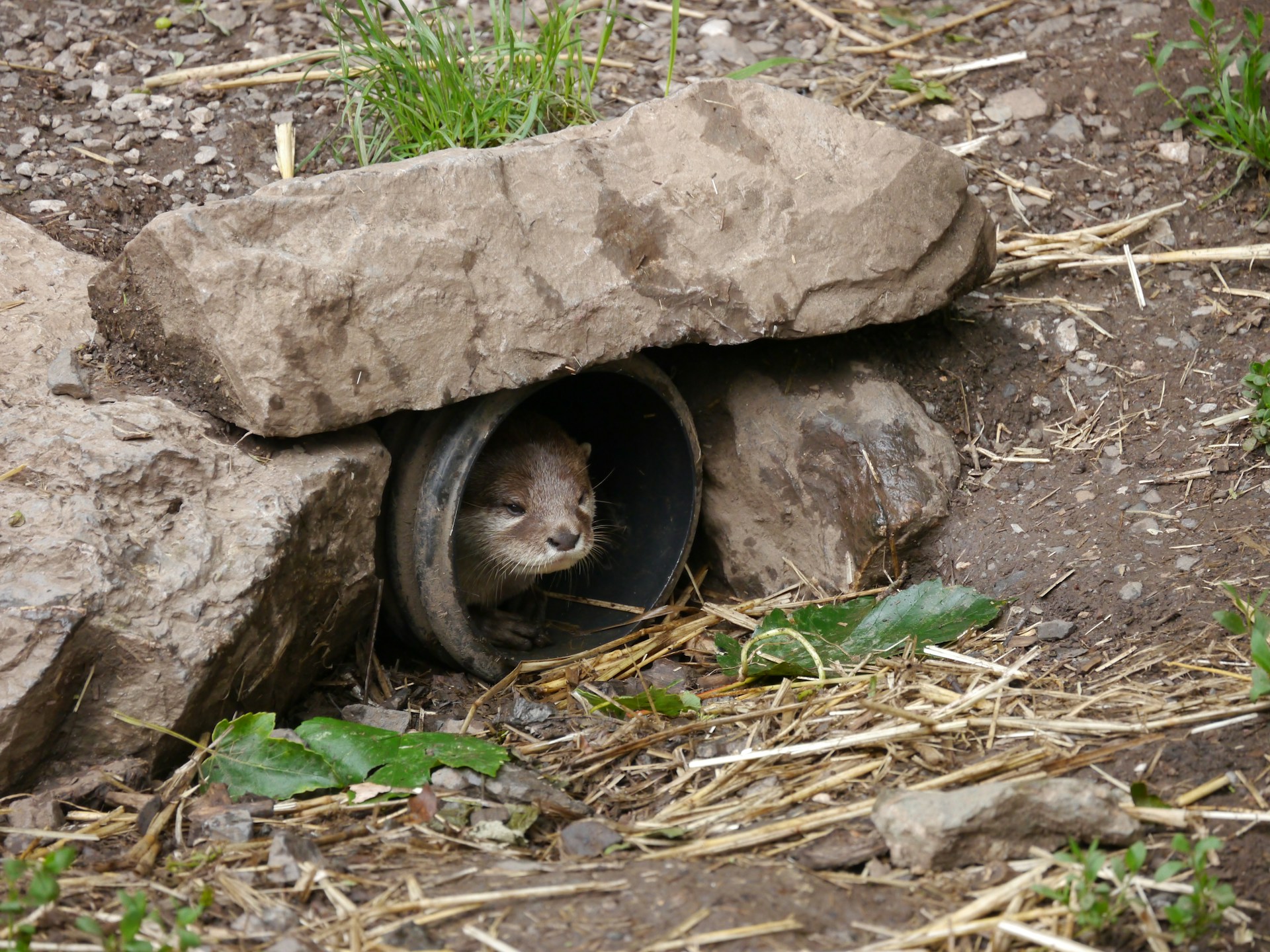Figuring out who’s responsible for the mysterious destruction in your yard can be challenging, especially when both moles and gophers are in the picture. These critters have a knack for turning your lawn upside down, but they do so in different ways. Knowing how to spot the difference between mole damage and gopher damage is key to effective lawn care. Each animal leaves its own unique trail, and understanding these differences can help you choose the right solution to protect your green space.
By correctly identifying the culprit, you can target the problem more effectively. Without this clarity, you might waste time and energy on solutions that don’t work. We’ll look at the distinctions between moles and gophers, teach you how to spot their damage, and help you understand what those tell-tale signs mean. This way, you can keep your lawn looking its best and avoid unnecessary frustration.
Common Characteristics of Moles and Gophers
Moles and gophers may both disrupt your yard, but they’re quite different in behavior and appearance. Let’s break down what makes them unique and how these differences impact your lawn.
– Physical Traits of Moles:
– Moles have velvety fur, small eyes, and broad, shovel-like front paws perfect for digging.
– They are insectivores, primarily feeding on insects and earthworms.
– Moles create raised ridges or surface tunnels and small volcano-shaped mounds.
– Physical Traits of Gophers:
– Gophers have large cheek pouches, long teeth that show even when their mouths are closed, and clawed forearms for burrowing.
– They are herbivores, munching on roots, grasses, and even some crops or flowers.
– Gophers create larger, fan-shaped mounds and have visible entry points to their tunnels.
Understanding these basic characteristics can make it much easier to see who’s been visiting your lawn. Moles, with their streamlined bodies, are built for stealthy, just-below-the-surface tunneling, while gophers leave more obvious marks as they dig expansive networks.
Knowing these patterns can guide you in deciding your next steps. Whether it’s a mound or a ridge, recognizing these signs means you’re better equipped to address the issue. Keeping these details in mind will aid in choosing the most suitable strategy to maintain a healthy and beautiful lawn, free from unnecessary disturbances.
Signs of Mole Damage
Moles can create a distinctive pattern of disruption in your yard. Their tunneling efforts are often close to the surface, resulting in visible ridges across the lawn. If you notice narrow, raised lines zigzagging through your grass, it’s likely moles at play. These ridges form as they travel just below the surface in search of food.
The impact of moles extends beyond the unsightly ridges. Their underground excavation can cause soil to shift, affecting surrounding plants. You might see wilting or uprooted plants, as their roots are exposed or disturbed. While moles don’t consume vegetation, their tunneling can disrupt the root systems, making plants vulnerable.
Signs of Gopher Damage
Gophers, on the other hand, leave more obvious signs of their presence. Their tunnels are deeper, which can lead to larger, more noticeable mounds of soil on the surface. These mounds are often fan-shaped, and you might find several of them clustered together, marking the entry points to their complex burrowing systems.
Gophers pose a direct threat to vegetation. Unlike moles, they feed on the roots and stems of plants. This can lead to significant plant damage, as entire sections of grass, crops, or garden are eaten away. The destruction tends to be more severe, as gophers may wipe out entire plants by gnawing through their root structures.
How to Deal with Mole and Gopher Infestations
Addressing a mole or gopher problem starts with identifying active tunnels. Look for fresh mounds or active ridges that signify where the critters are currently working. It’s vital to track these signs to determine the extent of their networks and decide on the best intervention strategy.
While it can be tempting to handle the situation on your own, professional services offer targeted and effective solutions. DIY methods can sometimes exacerbate the issue or harm the yard without deterring the pests. Professionals bring the know-how for safely and efficiently managing these subterranean nuisances, ensuring your yard gets restored with minimal hassle.
Ensuring a Healthy Lawn
Once you’ve tackled the immediate problem, keeping your lawn in top shape involves regular monitoring. Frequent checks for new tunnels or mounds will help catch any returning moles or gophers early. The sooner you spot activity, the easier it is to prevent extensive damage.
Preventive measures can also help maintain your lawn’s health. You might consider installing underground barriers or using repellents, ensuring that your yard remains less inviting to these critters. Act quickly if signs of these pests reappear, maintaining a balance between vigilance and enjoyment of your outdoor space. Keeping your lawn beautiful and pest-free is all about staying proactive and informed.
If mole activity is disrupting your lawn’s beauty, it’s time to take action with effective solutions. Let the experts at Trap Your Moles provide you with the peace of mind you deserve. Discover how our extensive experience in professional mole trapping can restore and protect your outdoor space efficiently and safely. Reclaim your yard today and enjoy a mole-free landscape with confidence!

